Scarborough Flair
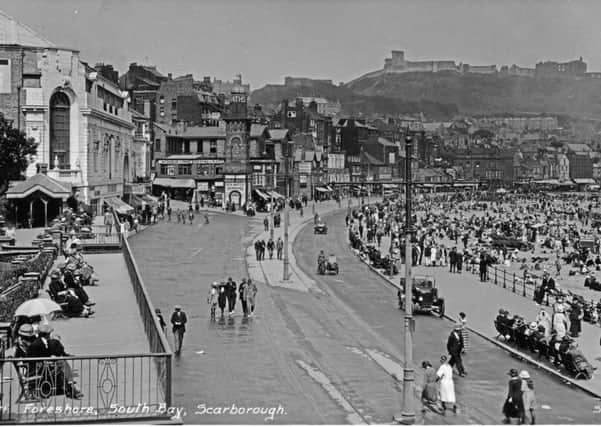

The town’s growth in popularity is said to have started in the 17th century. Around 1626 the wife of John Farrer, an affluent former town bailiff, came across natural mineral waters bubbling from beneath the cliff, south of the Mill Beck. Tasting slightly bitter, the newly discovered waters allegedly cured minor ailments and very quickly Mrs Farrer had told her friends.
Sadly, a little later Scarborough was in the doldrums, its business in ruins, having experienced two violent battles during the English Civil War of the 1640s.
Advertisement
Hide AdAdvertisement
Hide AdIn 1660 a Dr Robert Wittie waxed lyrically about the mineral waters’ healing powers and published several books on the subject. Naturally, there were others who poured scorn on his claims but the spring or spaw (later spa) became the focal point for many developments.
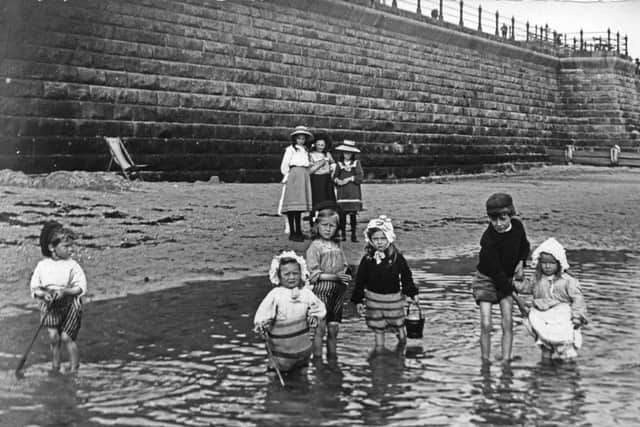

In 1698 the first cisterns for water were built by the corporation and two years later the first spaw house was erected by local entrepreneur Dickie Dickinson, who rented the site from the authority.
When analysed, a high proportion of magnesium sulphate was discovered, showing comparable healing qualities to that of the much later Andrews’ Liver Salts.
Thus, Scarborough’s reputation as a spaw town was born with the aristocracy making summer pilgrimages and seeking cures for real and imaginary ailments.
Advertisement
Hide AdAdvertisement
Hide AdBesides taking the waters, tourists were able to go boating, watch horse racing on the beach or bathe in the sea. The first rolling bathing machines, intended to preserve swimmers’ modesty, were noted in the town in the 1730s.
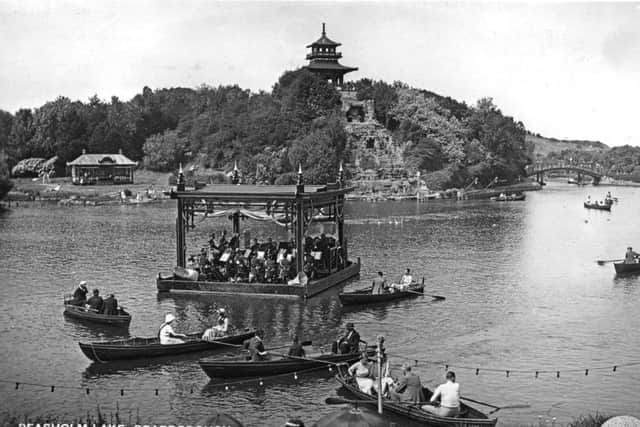

In 1735 a wooden wharf protecting the spaw house from the sea was washed away. Two years later, the wells and spaw house were destroyed in a major cliff fall.
New buildings were erected in 1739 and in 1760 Scarborough’s first purpose-built lodging houses were built on St Nicholas Cliff.
In 1808 the spaw house was severely damaged by a storm and rebuilt and the spaw was nearly swept away by a high tide in 1825.
Advertisement
Hide AdAdvertisement
Hide AdA year later, the Cliff Bridge Company leased the spa (the ‘w’ was omitted from around 1826) from the corporation and also built an iron bridge to the facility from St Nicholas Cliff, opening in 1827.
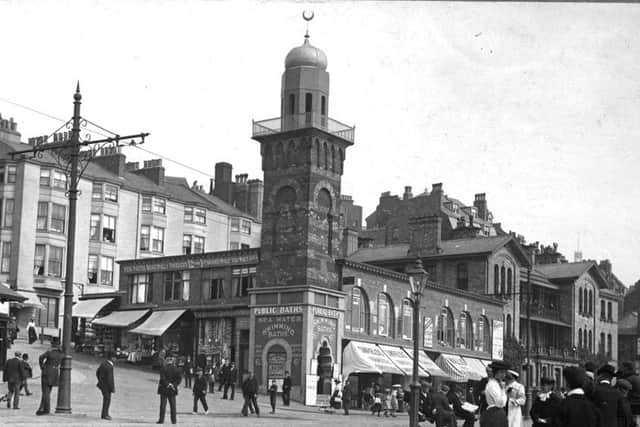

The company redeveloped the spa buildings after a violent storm in 1836, providing a Gothic saloon designed by Henry Wyatt that opened in 1839 with a concert hall to accommodate 500, perhaps beginning the town’s long musical tradition. Adjacent were gardens, a promenade and an outside area for orchestras.
Over the years the spa area was considerably improved and enlarged with noted architects being involved, including Sir Joseph Paxton.
A building boom took place in the first half of the 19th century and among the areas developed were the Crescent and Belvoir Terrace.
Advertisement
Hide AdAdvertisement
Hide AdThe Crown Hotel (now Crown Spa Hotel) designed on a Greco-Roman theme by architect John Gibson was completed in May 1844. It was one of the first purpose-built hotels in the world.
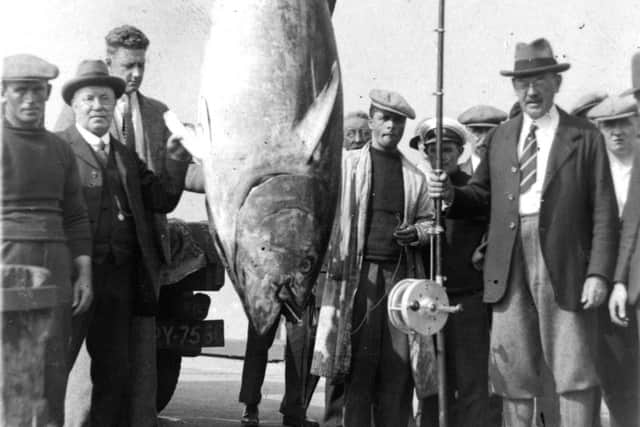

When the railways reached Scarborough in 1845, visitors arrived in droves. Lodging and boarding houses were erected on the North Cliff. Before the railways era, Scarborough’s annual visitors were around 2,000. Steam locomotives then brought in trains of 1,000 tourists on each trip. Scarborough provided accommodation, refreshments and entertainment. Opening in 1858 was the New Spa Hall; the Grand Refreshment Rooms in 1871; the underground Aquarium in 1877; and the People’s Palace in 1886.
If tourists still wanted the ‘cure’ they could take the Scarborough Salts or Dr Rooke’s famous oriental Pills and Solar Elixir or dip into the warm Sea Water Baths.
Peasholm Park was officially opened on land known as Tucker’s Field on June 19, 1912. Harry. W. Smith, the Borough Engineer, had the idea of setting out the new gardens in a Japanese style.
Advertisement
Hide AdAdvertisement
Hide AdBetween 1923 and 1932 Peasholm became one of Scarborough’s top attractions and hosted fetes, galas and firework displays. In 1929, George W. Alderson, architect, designed the Pagoda and the cascade on the Island. These, plus the purchase in 1931 of genuine oriental statues and ornaments, further enhanced the oriental theme.
In recent years a grant from the Heritage Lottery Fund has enabled the Borough Council to rebuild and renovate the area.
Of course taking the waters has long since passed at Scarborough, but numerous visitors, including myself, have found much entertainment in the eccentric Peasholm Park naval battles, which began about 1927. The idea was the brainchild of George Horrocks the park’s former entertainment’s manager.
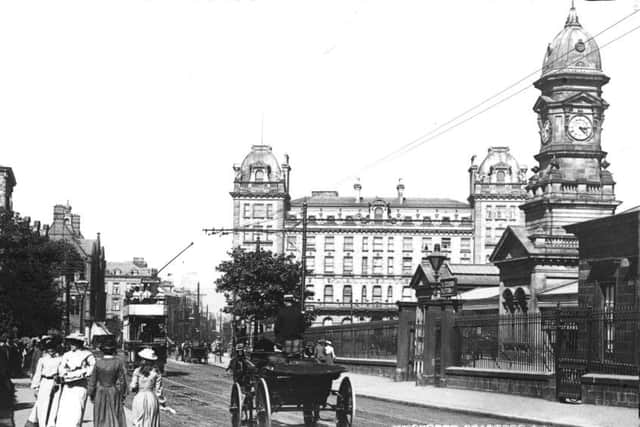

In the early days, the models consisted of First World War battleships, known as Dreadnoughts, a mystery ship or two – known as Q ships – a liner bearing the name Orantes and a U-boat). All the vessels were powered by manpower only.
Advertisement
Hide AdAdvertisement
Hide AdIt is the smallest manned navy in the world and the show is known in all parts of the globe.
The first performance of the season takes place on Spring Bank Holiday, followed by shows in June, July and August.
Tourism continues to be a major part of Scarborough’s economy despite the current trend for foreign holidays, and long may it continue.
For an in-depth history of Scarborough see Scarborough As It Was (1972) by Bryan Berryman.